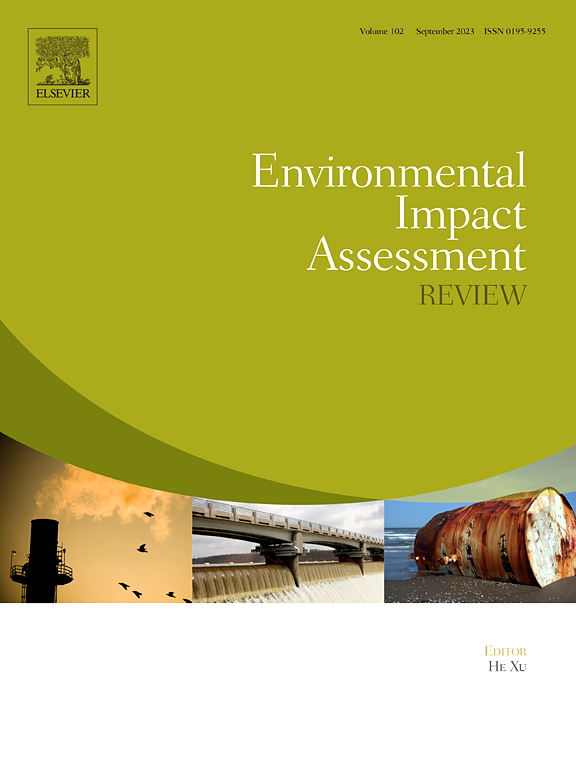How does technological innovation impact the convergence effect of energy and environmental efficiency? Empirical evidence from the mining industry
IF 11.2
1区 社会学
Q1 ENVIRONMENTAL STUDIES
引用次数: 0
Abstract
Improving energy efficiency is often considered one of the most economical strategies for mitigating climate change. This paper evaluates the energy and environmental efficiency of China's mining industry from 2004 to 2019 with the non-parametric method. To examine the trends in convergence of energy and environmental efficiency and identify potential convergence clusters, Log-t regression tests are conducted. In addition, technological innovation is also widely considered to be one of the important measures to reduce regional and international comprehensive strength. Therefore, this paper further explores the influence of technological innovation on the convergence effect of energy and environmental efficiency in the mining industry. The main results are as follows: (1) At the regional level, the samples did not show convergence toward a steady-state equilibrium but displayed divergent trends. The mining industry across different provinces was ultimately grouped into three distinct convergence clubs, with each club demonstrating β convergence characteristics internally. (2) Technological innovation contributes to the convergence effect of energy and environmental efficiency in the mining industry, and environmental regulations also foster this convergence. The paper concludes by offering specific policy recommendations based on the empirical findings, including: (1) Promote the construction of a green financial system in the central and western regions. (2) Build collaborative innovation mechanisms to promote the transformation of TI into productivity. (3) Implement differentiated environmental regulation policies and performance appraisals.
技术创新如何影响能源与环境效率的趋同效应?来自采矿业的经验证据
提高能源效率通常被认为是减缓气候变化最经济的策略之一。本文采用非参数方法对2004 - 2019年中国采矿业的能源环境效率进行了评价。为了检验能源和环境效率的趋同趋势并识别潜在的趋同集群,进行了Log-t回归检验。此外,技术创新也被广泛认为是降低区域和国际综合实力的重要措施之一。因此,本文进一步探讨了技术创新对采矿业能源环境效率趋同效应的影响。研究结果表明:(1)在区域层面上,样本并未向稳态均衡方向收敛,而是呈现发散趋势;不同省份的采矿业最终被划分为三个不同的趋同俱乐部,每个俱乐部内部都表现出β趋同特征。(2)技术创新促进了采矿业能源效率与环境效率的趋同效应,环境规制也促进了这种趋同效应。最后,本文根据实证结果提出了具体的政策建议,包括:(1)促进中西部地区绿色金融体系建设。(2)构建协同创新机制,促进TI向生产力转化。(3)实施差别化的环境监管政策和绩效考核。
本文章由计算机程序翻译,如有差异,请以英文原文为准。
求助全文
约1分钟内获得全文
求助全文
来源期刊

Environmental Impact Assessment Review
ENVIRONMENTAL STUDIES-
CiteScore
12.60
自引率
10.10%
发文量
200
审稿时长
33 days
期刊介绍:
Environmental Impact Assessment Review is an interdisciplinary journal that serves a global audience of practitioners, policymakers, and academics involved in assessing the environmental impact of policies, projects, processes, and products. The journal focuses on innovative theory and practice in environmental impact assessment (EIA). Papers are expected to present innovative ideas, be topical, and coherent. The journal emphasizes concepts, methods, techniques, approaches, and systems related to EIA theory and practice.
 求助内容:
求助内容: 应助结果提醒方式:
应助结果提醒方式:


